Same Day Shipping EMI & COD on most products
Trusted Partner Since 1969
GST B2B Billing  Help
Help  00919699976817
00919699976817
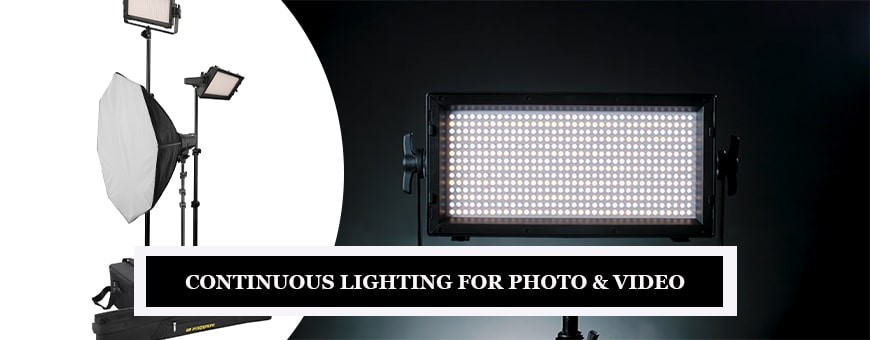

Showing 1–24 of 198 results
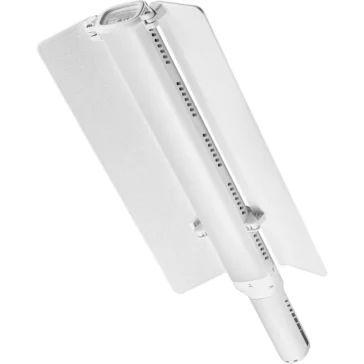
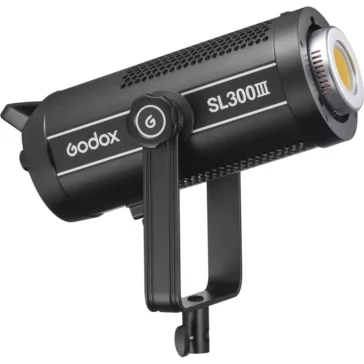
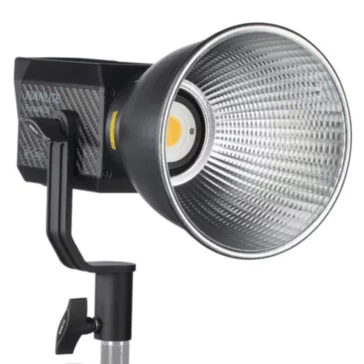
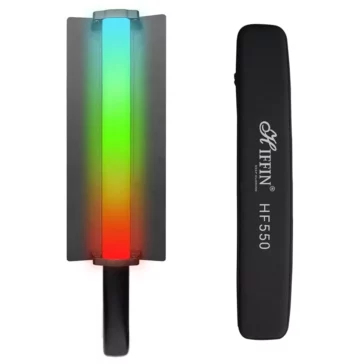
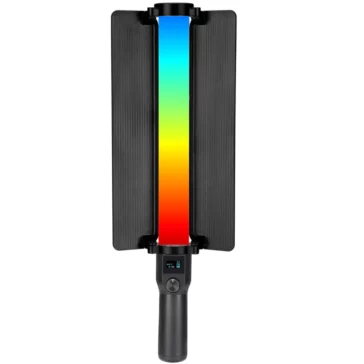
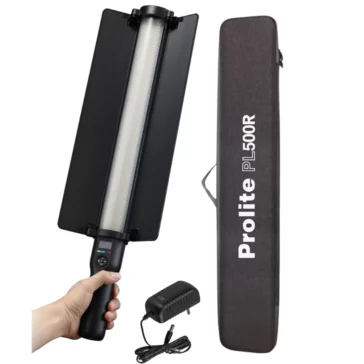
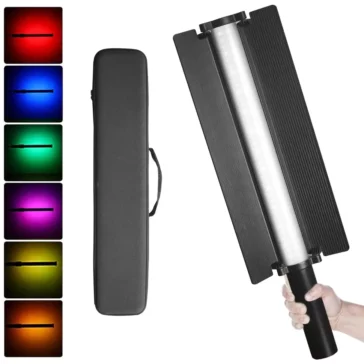
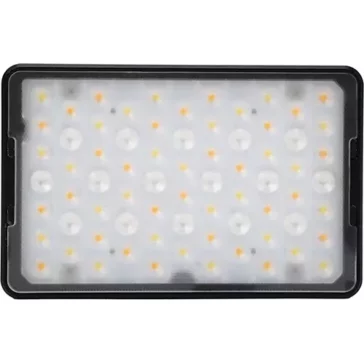
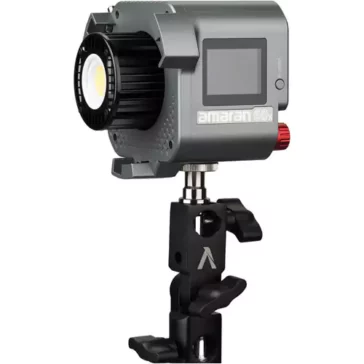
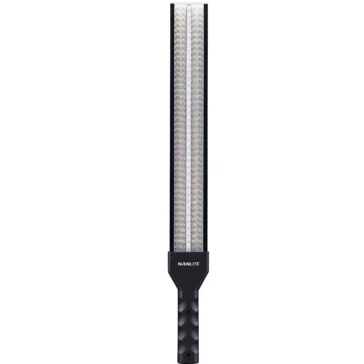
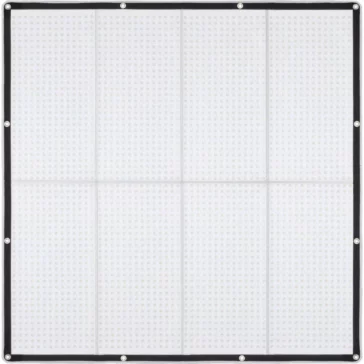
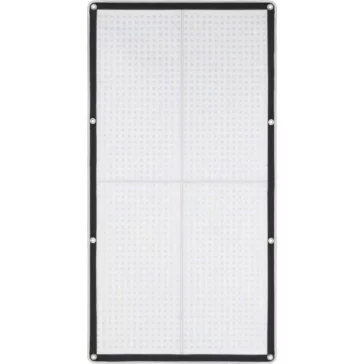
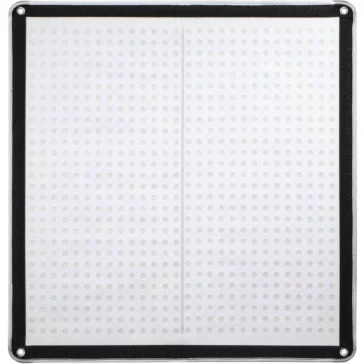
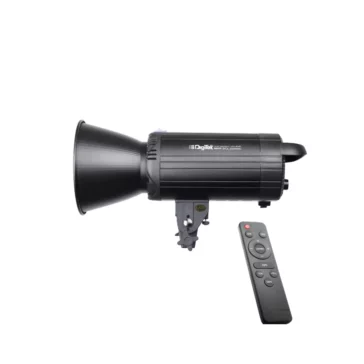
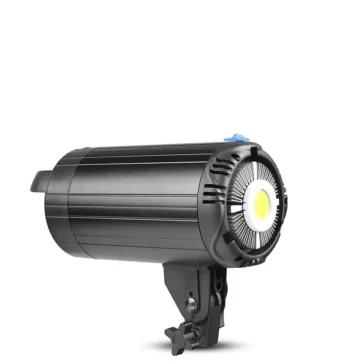
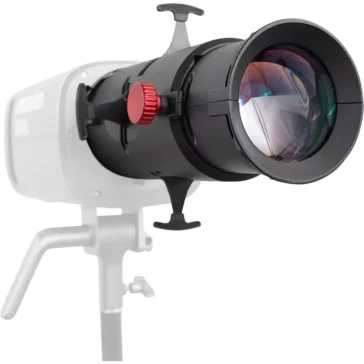
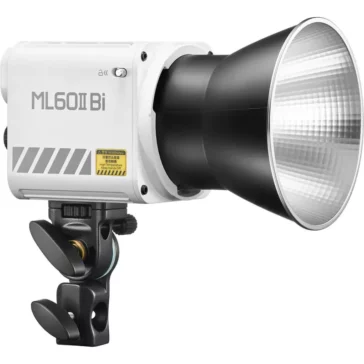
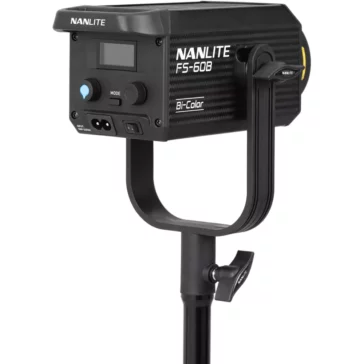
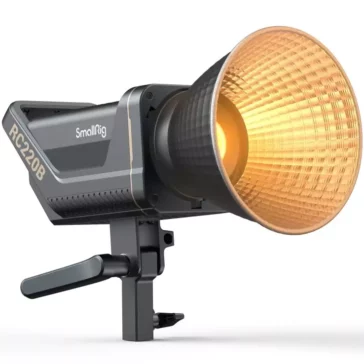
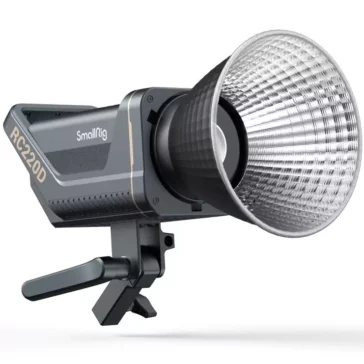
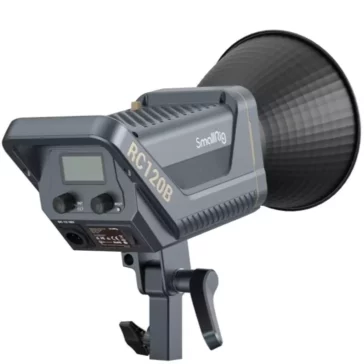
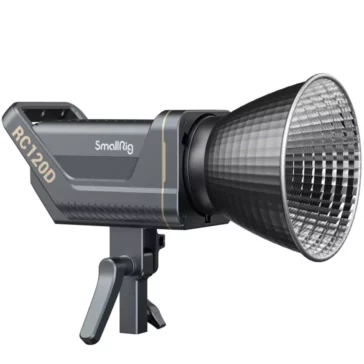

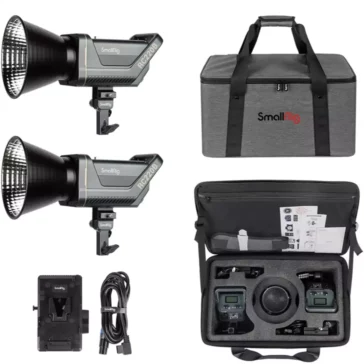
Photography Continuous Lighting: Illuminating the Art of Photography
In the realm of photography, lighting is a paramount factor that can make or break an image. Among the various lighting techniques available to photographers, continuous lighting stands out as a versatile and user-friendly option. This article delves into the world of continuous lighting, its benefits, and how it can elevate your photography game.
Understanding Continuous Lighting
Continuous lighting, as the name suggests, provides a constant light source, allowing photographers to see the lighting effect in real-time. Unlike flash or strobe lighting, which emits a burst of light for a short duration, continuous lighting remains on, offering a steady light source. This feature is particularly beneficial for beginners as it allows them to understand and manipulate lighting effects without the guesswork.
Benefits of Continuous Lighting
Real-time Visualization: One of the primary advantages of continuous lighting is the ability to see how light interacts with the subject in real-time. This immediate feedback allows for on-the-spot adjustments, ensuring the desired effect is achieved.
Versatility: Continuous lighting is versatile and can be used for various photography genres, from product photography to portrait photography and even food photography.
Ease of Use: For those new to photography, continuous lighting offers a simpler learning curve compared to strobe lighting. The real-time feedback helps in understanding light dynamics without the complexities of flash durations and sync speeds.
Cost-Effective: Continuous lighting setups are generally more affordable than high-end strobe systems, making them a popular choice for budding photographers and studios on a budget.
Continuous Lighting vs. Strobe Lighting
While continuous lighting offers numerous benefits, it’s essential to understand its differences from strobe lighting. Strobe lighting, or flash, emits a powerful burst of light for a very short duration. It’s excellent for freezing motion and achieving sharp images. However, it requires a deeper understanding of sync speeds and can be challenging to set up for beginners.
On the other hand, continuous lighting offers a more intuitive approach, especially for those starting their photography journey. The choice between the two often boils down to the specific requirements of the shoot and the photographer’s preference.
Incorporating Continuous Lighting in Your Studio
When setting up continuous lighting in your studio, consider the following tips:
Softening the Light: Use light modifiers like softboxes or umbrellas to diffuse the light, creating a softer and more flattering effect on the subject.
Positioning: Experiment with different angles to understand how light direction impacts the subject. A three-point lighting setup, comprising a key light, fill light, and backlight, is a classic arrangement that works for most scenarios.
Color Temperature: Be mindful of the color temperature of your light sources. Ensure they match to avoid color casts in your images.
Safety: Continuous lights can get hot. Ensure they are placed securely and away from flammable materials. Also, allow them to cool down before packing.
Conclusion
Continuous lighting is a powerful tool in a photographer’s arsenal. Its ease of use, versatility, and cost-effectiveness make it a preferred choice for many, from novices to professionals. By understanding its nuances and incorporating it effectively, one can truly illuminate the art of photography.
Continuous lighting is preferred by beginners because it provides a constant light source, allowing them to see the lighting effect in real-time. This immediate feedback eliminates guesswork and allows for on-the-spot adjustments. Moreover, it offers a simpler learning curve compared to strobe lighting, making it easier for newcomers to understand light dynamics.
Continuous lighting provides a steady light source, remaining on and offering consistent illumination. In contrast, strobe lighting emits a powerful burst of light for a short duration. While strobe lighting is excellent for freezing motion, continuous lighting offers real-time visualization, making it more intuitive, especially for those new to photography.
Safety is paramount when using continuous lighting. Since these lights can get hot, it’s essential to place them securely and away from any flammable materials. It’s also advisable to allow the lights to cool down before packing or moving them to prevent any potential hazards.
To achieve a softer and more flattering light effect with continuous lighting, photographers can use light modifiers like softboxes or umbrellas. These modifiers diffuse the light, reducing harsh shadows and creating a more even illumination on the subject.



Most units are shipped same day using professional courier services with tracking.
We work round the clock to ensure you get the highest level of customer satisfaction.
Well packed, Sealed Units are shipped from our warehouse which are waterpoof & sturdy.
Design Info
GST: 27AYUPJ2628P1ZK
No.1, Saremals, Shastri Hall Building,
Nana Chowk, Grant Road West,
Mumbai 400007, Maharashtra, India
New Delhi Branch – South Ex 2, 110049
Also Ships DAILY from Brisbane, Dubai,
Berlin, Barcelona, Detroit & Vancouver.
Connect online / schedule a demo
Call/WhatsApp: +91-9699976817
Email: [email protected]
Live Chat: Business Hours
Follow Us: @designinfo.in
Copyright © 2014-2022 Design Info All Rights Reserved. Feedback on web experience
Since 1969